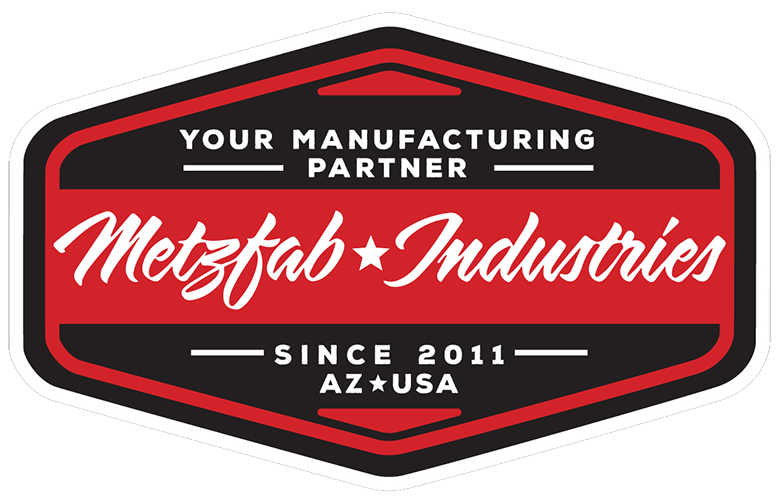Precision processes mean fewer mistakes, tighter control, and smarter material use
In fabrication, scrap isn’t just a waste of material, it’s lost time, added cost, and potential delays. Whether it’s from human error, inconsistent setups, or outdated equipment, excess scrap can quietly eat into margins and efficiency. For manufacturers that rely on accurate, repeatable parts, choosing a fabrication partner that invests in automation can have a direct impact on bottom-line results.
Consistent Setup, Consistent Results
Manual processes often leave room for variability between operators or shifts. Automated systems eliminate much of that inconsistency. Once a CNC program is set and verified, every part that follows meets the same specifications. This level of consistency significantly reduces the chance of miscuts, off-spec parts, or batch-to-batch variation that leads to scrap.
Real-Time Monitoring and Feedback
Modern automated machines are built with process controls that monitor operations in real time. They can detect deviations, thermal expansion, tool wear, or material inconsistencies before they result in wasted material. Shops that use this technology can make immediate adjustments instead of learning about problems after a bad batch is produced.
Smarter Nesting and Material Optimization
Advanced laser and waterjet cutting systems use intelligent nesting software to arrange parts in the most efficient layout on raw material. This reduces the amount of unusable scrap between parts and improves yield from each sheet or tube. With automation, nesting is optimized every time, not just when someone has time to do it manually.
Key Benefits of Automation for Scrap Reduction:
- Fewer operator errors and setup mistakes
- Real-time process feedback and error detection
- Precise repeatability across all part runs
- Optimized nesting for higher material yield
- Less rework and fewer rejected parts
- Reduced labor and material costs over time
Better Control Means Better Outcomes
Scrap is a cost, but it’s also a signal. High scrap rates usually point to process gaps or equipment limitations. When automation becomes part of the workflow, those gaps close. The more predictable and consistent the fabrication process is, the easier it becomes to manage quality, costs, and delivery timelines.
